1951-1990
1956 1965 1966 1967 1969 1970 1975 1984

1956
Studies in Synoptic Climatology
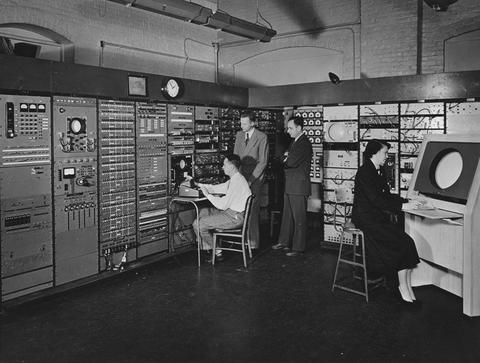
In the wake of World War II, several engineers and scientists who had developed techniques to help in the war effort worked to apply those same techniques to address societal activities. Studies of the influences of weather on business and agricultural activities were prominent among these efforts. In 1952, a group of scientists at MIT led by Thomas F. Malone (1917-2013) started a project to expand previous work to predict atmospheric parameters with statistical techniques. The project benefited greatly from the availability of Whirlwind I, one of the first high-speed computers. A 1956 MIT report summarizes the results of these researchers, among whom was Edward N. Lorenz, the father of Chaos Theory. One of the graduate students in the group was Don G. Friedman, who would become the pioneer of natural catastrophe modeling.
Report Citation
William Sellers (Ed.), Studies in Synoptic Climatology. Cambridge, MA: Department of Meteorology, Massachusetts Institute of Technology, 1956.

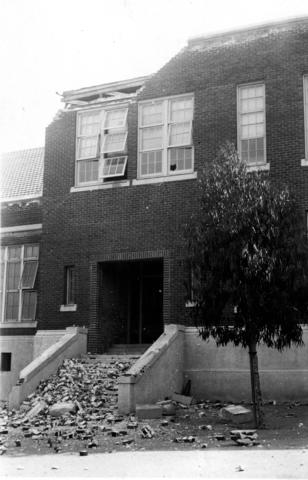
1965
Earthquake Investigations in the Western United States 1931-1964
In 1965 the U.S. Coast and Geodetic Survey published a report that contained several landmark studies which provided systematic data for the first estimates of earthquake damage modeling. A study of the 1933 Long Beach, CA earthquake conducted by Romeo R. Martel (1890-1965), a Caltech professor, provided useful information for successive earthquake engineering modeling efforts.

1966
Insurance and other Programs for Financial Assistance to Flood Victims
In 1965 Congress appointed task forces with technical teams of experts to analyze the requirements for a national insurance fund operation. One team was led by Don G. Friedman (1925-2018), the pioneer of catastrophe modeling from Travelers Insurance Co., who put together a computer simulation to assess inland and coastal flood risk. The other team included Myron Fiering (1934-1992) and John C. Schaake from the Harvard Water Program. Thanks to the work of these teams, the National Flood Insurance Program was passed by Congress in 1966.
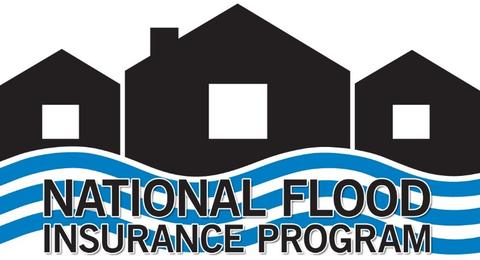

1967
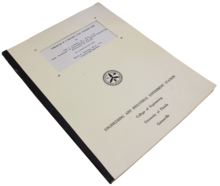
Simulation of a National Flood Insurance Fund
Two expert groups evaluated the technical aspects of the insurance fund for the National Flood Insurance Program: one from the Harvard Water Program and another from Travelers Insurance Co. The Harvard group included Myron Fiering (lead), John Schaake, and Herbert Winokur. The group used a computer simulation which evaluated inland flood risk and tested the effect of specific scenarios on the insurance program. Their 1967 report contains the technical details of the model. Both teams were early implementers of the Monte Carlo technique to simulate systems.

1969
Acetate Overlay Maps of Hurricane Camille
Don Friedman’s hurricane catastrophe model characterized the spatial distribution of maximum wind speeds over the infrastructural inventory of a region. These acetates, used by Friedman himself in one of his presentations, show the wind speed pattern of storms making landfall along the Gulf Coast and the Eastern Seaboard from New Jersey to Rhode Island. The methodology was aimed at predicting the damaging effects caused by natural hazards, and at ascertaining the influence that changes in the extent and vulnerability of the built-environment could have in the damaging potential of hurricanes.
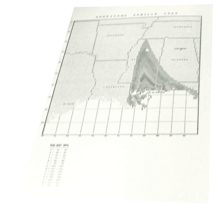
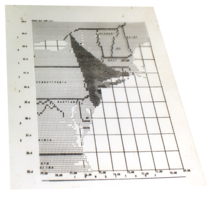
Acetate Overlay Maps of Hurricane Camille from the private collection of Gonzalo Pita.
Map Citation
Don Friedman, Acetate Overlay Maps of Hurricane Camille 1969. Hartford, CT: c. 1975.

1970
Earthquake Hazard Reduction
Earthquake damage data contains helpful information for engineering designers, planners, and policy makers. One of the leading figures in conducting field inspections to inform structural design, planning, and public policy was Karl V. Steinbrugge (1919-2001), a structural engineer, faculty member at UC Berkeley and later at the Pacific Fire Rating Bureau. Steinbrugge and other engineers: such as Romeo R. Martel, Frank McClure, Ted Algermissen, and John Blume, made important contributions to earthquake engineering. This report from 1970 summarizes the observations and contributions from Steinbrugge’s long career.
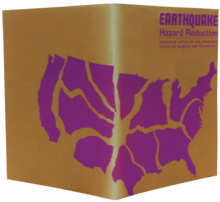
Read the Report

1975
Computer Simulation in Natural Hazard Assessment
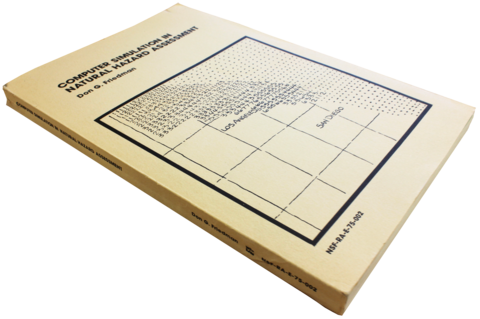
The Assessment of Research on Natural Hazards project was an offshoot of the National Flood Insurance Program to study how adjustments in public policy and new research would help to reach the national aims of natural risk reduction. The project, led by Gilbert White from 1972 to 1975 at the University of Colorado, gathered a multidisciplinary team of experts. One of them, Don Friedman, collaborated with several researchers in the application of the catastrophe modeling approach that he had developed. Friedman's 1975 monograph became directly or indirectly the key resource for most, if not all, the subsequent natural catastrophe modeling endeavors in the United States and the world.
Read the Report

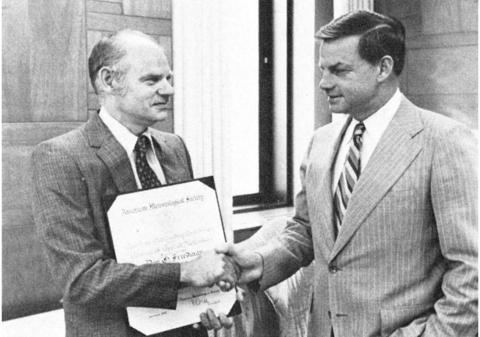
1984
Natural Hazard Risk Assessment for an Insurance Program
In 1984 Don Friedman published a summary paper which presented the characteristics of the catastrophe models and studies that he had developed since the mid 1950’s. This paper addressed a wide spectrum of natural hazards and was influential in disseminating aspects of catastrophe modeling to a large multidisciplinary audience around the world.
Contacts
-
NIST Research Library & Museum(301) 975-3052

